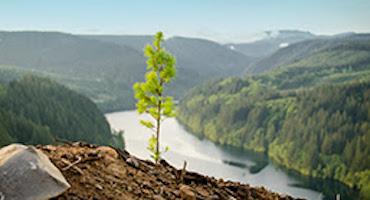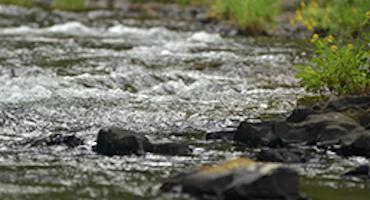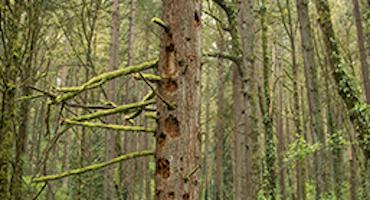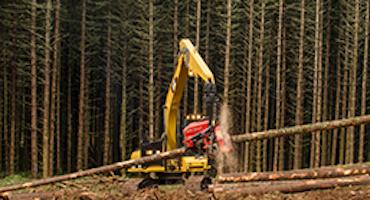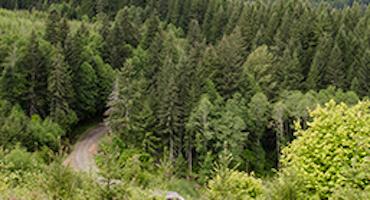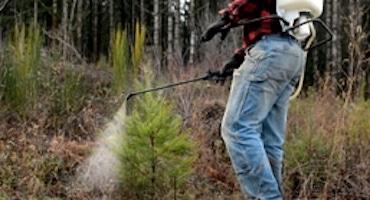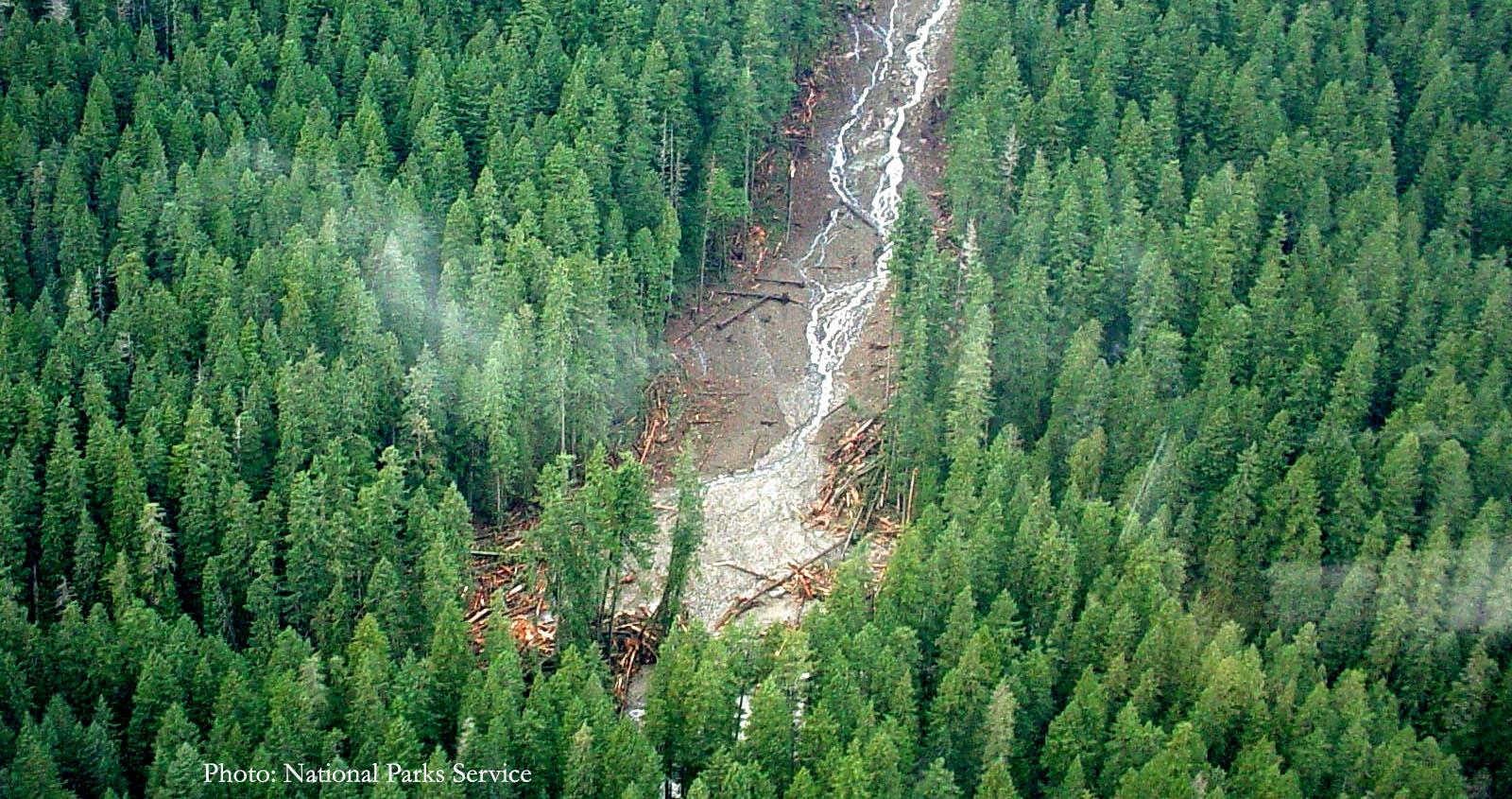
Sustainability is at the core of Oregon's laws regarding forest practices and land use planning. Oregon law states that the continued growing and harvesting of trees is the leading use of private forestland. And it requires landowners to protect soil, air, water and wildlife habitat for future generations.
Planning and protecting for the future
Oregon has many laws related to forest practices. Some have been in place since 1941. Oregonians recognize that assuring the abundance of our forest resources helps everyone, and that keeping them economically viable prevents their conversion into non-forest use. These laws have been developed and updated as an ongoing collaboration among scientists, landowners, elected officials and the general public. They help ensure that forests in Oregon’s 36 counties operate under a unified set of guidelines and practices to sustain our forestlands for generations to come. Forest laws provide protection for soil, air, water, fish, wildlife and forest resources.
A brief history of Oregon’s forest protection laws:
1941: Oregon adopted the Oregon Forest Conservation Act to address reforestation and fire protection.
1971: Oregon became the first state to implement a comprehensive set of laws governing forest practices, with the Oregon Forest Practices Act (OFPA). Leaders from the forest sector helped develop these laws to guide pre-operation planning, education for operators, and cooperative efforts between landowners and government.
1971-Present: In the time since the OFPA became law, Oregon has adopted additional rules that help protect forests, water quality and wildlife habitat. The OFPA is periodically updated to reflect new scientific data, new operating technology and new forestry practices, to ensure our forest resources are properly protected.
A Day in the Woods: The Oregon Forest Practices Act
Join Mike Cloughesy and Nicole Strong as they discuss Oregon’s evolving forest protection laws. Everyone wants Oregon to have sustainable forests, for all our environmental, social and economic needs. Oregon’s strong laws and modern forest practices help bolster that sustainability.
Evolving laws
Oregon’s forest protection rules have continued to be revised as scientists learn more about forests and forest practices. Today, the Oregon Forest Practices Act has more than 250 enforceable rules that apply to state and private forestland.
